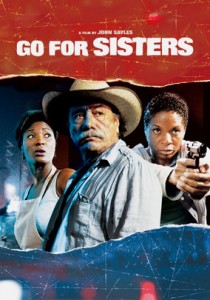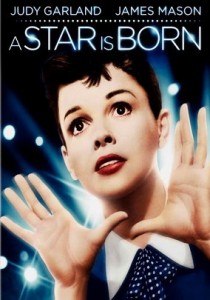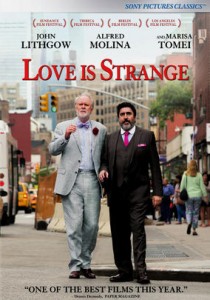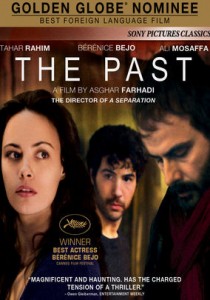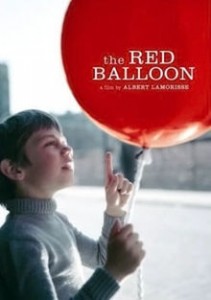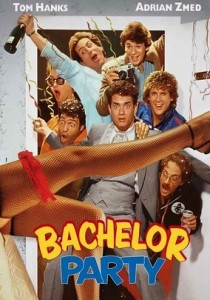Go for Sisters-2013
Director John Sayles
Starring Edward James Olmos
Scott’s Review #177
Reviewed September 27, 2014
Grade: B-
Go for Sisters is a 2013 independent feature film about a female parole officer (Lisa Gay Hamilton) with a troubled, missing son named Rodney, feared to be mixed up with the murder of a drug dealer.
The film takes place in California and Mexico.
Hamilton plays Bernice, a middle-aged black woman, who has always done the right thing. Widowed and recently dumped by a new boyfriend, she runs into ex-convict Fontayne, played by Yolonda Ross, at her parole office.
Initially wanting nothing to do with her former high school friend, Bernice decides to use Fontayne’s criminal connections to locate Rodney.
From this point, they hire retired Mexican police officer Freddy Suarez, played by Edward James Olmos, and the trio embarks on an adventure across the border of Mexico.
I love the story involving the two female leads (Hamilton and Ross) who share a Thelma and Louise-type bond.
The characters reconnect with each other and develop independently. Straight-laced Bernice toughens up and breaks a few rules while Fontayne, determined to go straight, struggles to keep her head above water, resisting drugs and attempting to hold down a job.
The two forge a bond based on trust, respect, and loyalty, and their friendship grows throughout the film.
One gripe about Fontayne’s character- she admits to being a lesbian but then mentions she is not sure if she is or if she is not. This sexual identity crisis seems strange- why couldn’t the film make her a lesbian? Why the hedging?
The remaining aspects of the film are mediocre to weak.
Adding the character of Freddy to the mix is unnecessary. He adds little to the plot except helping the women get into Mexico and being male comic relief.
Either way, I didn’t find the character very interesting or care about him and the film would have been better off without Freddy.
What was the reasoning behind making him have poor eyesight? What was the point of Freddy taking a young woman and her daughter to breakfast and realizing they were crossing the border to find her estranged husband? Who cares?
It had nothing to do with the plot.
All the audience knows about Freddy is that he is retired due to a misunderstanding, accepts money to help Bernice and Fontayne, and tags along with them for the rest of the film.
The stereotypes should have been eliminated. The Chinese dragon lady and the corrupt Mexican police officers have been played to death in films and are rather insulting to smart and serious movie-goers.
I found the plot a bit tough to follow and I still don’t understand how or why Rodney was involved with the Chinese mob in the first place other than to help Chinese immigrants cross the border.
Was he involved in the money or wanted to help the immigrants cross to the United States?
The film mentions countless times how Rodney is a decent person so what’s his motivation? The film never wholly explains why he is kidnapped and a suspect in a murder case.
Also, countless characters are introduced to help the women on their journey with some connection to the kidnap victim but are written haphazardly with no character development.
The ending of Go for Sisters (2013) is too predictable and leaves the audience not caring about the outcome.
Despite numerous negatives, the heart of the film belongs to the talents of Hamilton and Ross and their characters’ interesting and warm friendship that develops throughout the film.
Independent Spirit Award Nominations: Best Supporting Female-Yolonda Ross
